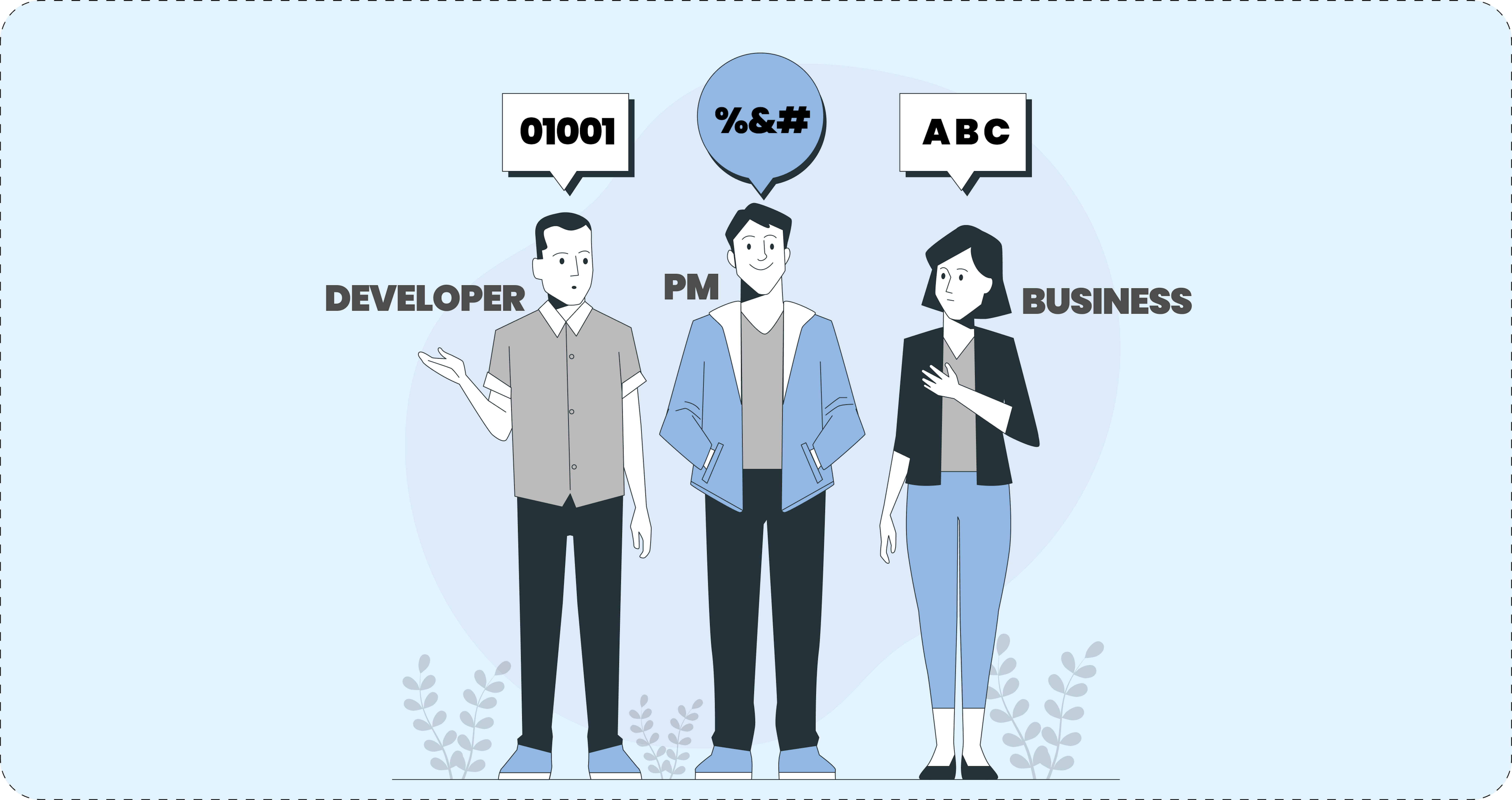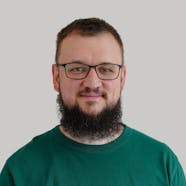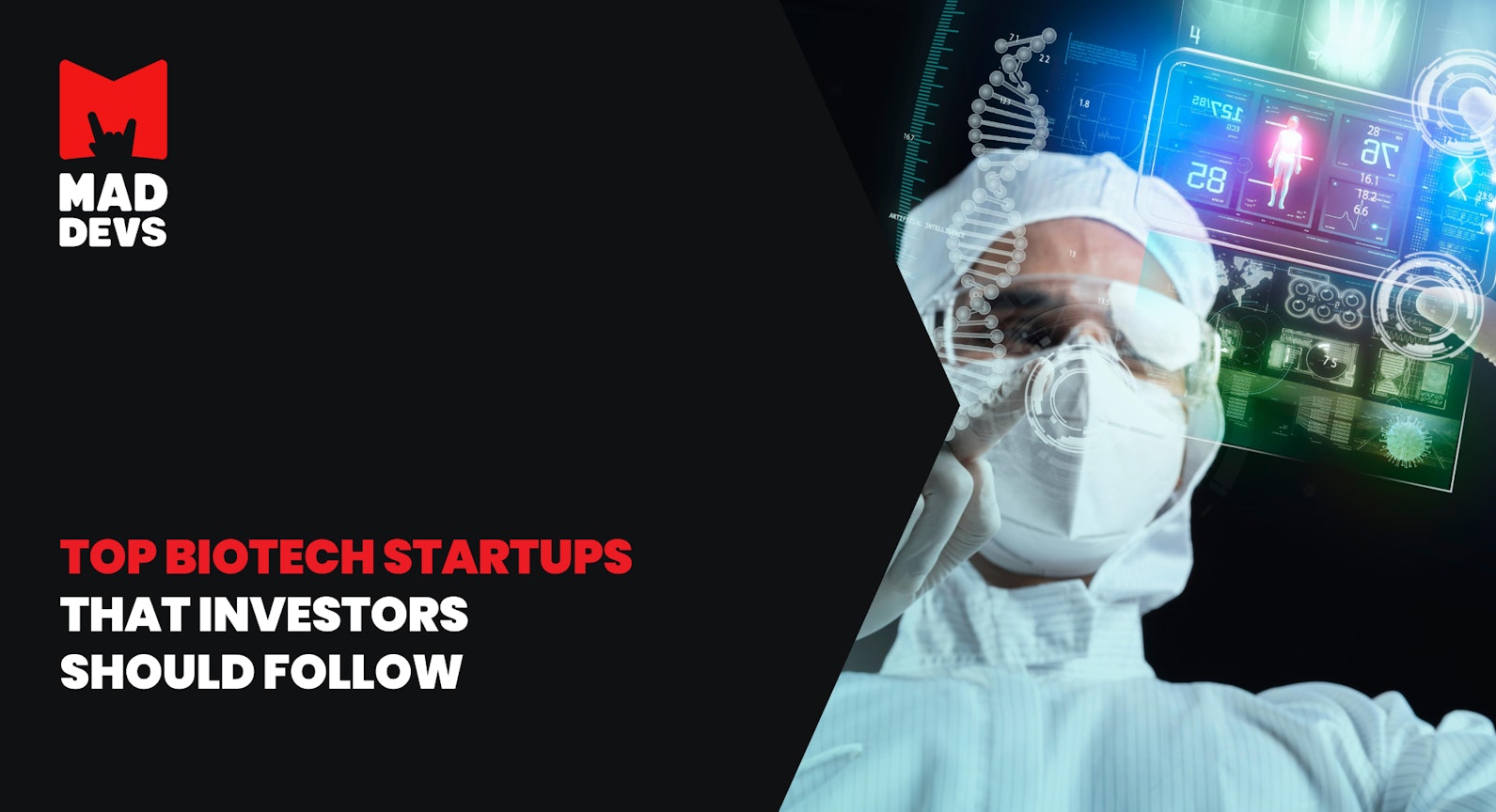Having the latest project management methodology, cool tools, AI-assisted task managers, or productivity gurus involved in a project won't guarantee success if there is poor communication and planning. These are two cornerstones of a successful project, and one of their essential elements is for stakeholders to understand the purpose of the product they are developing clearly. The challenge in that is that each of these individuals or groups has a different perception of the product and why it should exist or how to bring it to completion depending on their role and interests. Their individual requirements can be broken down into:
Business requirements: Define the journey of a project and include high-level project requirements that describe the company's business objectives.
User requirements: Sometimes called stakeholder requirements, describe the value that individual user groups (customers, managers, etc.) can expect the solution to deliver. They connect the more abstract business requirements with the specific system requirements.
Product requirements: Sometimes called solution requirements, specifically describe the capabilities and qualities a solution must have to meet the business and user requirements. They contain many details and are classified as:
- Functional: the required features and functions in terms of a solution's behavior
- Nonfunctional: the general conditions that the solution must have to function properly
Transition requirements: Any additional requirements that define what a system must have in order to move it from one state to another, such as from the development state to real users. These are temporary.
As these descriptions show, the requirements of a product move from abstract to specific. While it may seem like a formality to put these all on paper, explicitly stating a product's requirements provides all stakeholders with a clear map for the product journey. In this article, we'll focus on the business requirements mentioned in the list to understand their importance to a project's success. We'll also explain how to write them in a way that is accessible to all of a project's stakeholders.
Lost in translation

When different team members begin developing a product, each of them brings their own language to the project, influenced by their goals and understanding of the importance of the work. This creates plenty of opportunities for misunderstandings regarding the goals of the project and how it should be completed. The role of a Project Manager (PM) in these situations is to act as a bridge between developers and business stakeholders to translate the latters' requirements to the former. If you don't have a PM yet for your project, then the lack of that bridge will block progress.
- Do you experience difficulty communicating requirements to developers?
- Are there gaps in communication between the business side and the engineering team?
If you answered yes, you've already experienced the challenges these problems create. This article will help you write clear business requirements that engineers and other stakeholders understand to remove the obstacles preventing your team and company from working together effectively. This is an essential skill for PMs and others who want to facilitate proper communication within and between teams.
Business requirements for software projects
Software developers need to know not only what they have to create but also the product's purpose. The business leaders paying these developers have the responsibility to outline their requirements for the software in terms of how the product benefits the business and assists it in completing future goals. As mentioned above, these requirements define the product's journey from a high-level perspective that reflects the business's objectives. No set of requirements is more important than another and it's in their intersection that a project moves toward success with fewer distractions and roadblocks along the way. The product requirements lead to functioning software and the business requirements ensure the software finds a place in the market and that users buy it.
Business requirements example
Business requirements should be succinct and explicitly name what a business wants from a software product. For example, imagine software that analyzes the worklogs, text stand-ups, and other data connected to the work of a company's employees. A business requirement behind this product would be that the top management needs to understand what the engineers are doing in order to make decisions. It answers the question, "Why does this product exist?" The question, "How will it do this?" refers to the product's functional requirements, which will be the responsibility of the developers. This is an important difference to understand, so we will examine it further.

Business requirements vs functional requirements
Returning to our example above. The business wants the software to show the top management that isn't involved in the day-to-day work of software development what is happening on the project. This is important for the company to function properly through effective resource management. The developers are given this requirement and must come up with a solution.
Since the product now needs to show top management the day-to-day work of software teams, it won't be considered ready until this feature is included. The developers now create their own requirements based on what the business wants: the product should generate reports and analyses for the company's top management based on the data gathered from worklogs and stand-ups.
To sum up, a business requirement states what a business wants a product to do, and a functional requirement states what the product must do to fulfill that requirement.
Business requirements document
With a clear understanding of the business requirements of a software product, where is the best place to put them? How do the developers know what the business wants? The answer is a business requirements document (BRD). This is a description of the objectives and expectations a company has from a business perspective regarding a particular software product. A BRD contains different sections which we will explain a bit later. The purpose of this document is to explain the reasons for starting the project and the value it should provide to the business.
A properly written BRD is an essential part of a software development project that helps teams avoid miscommunication and conflicts among the stakeholders. Specific advantages include:
- Clear reasons for a project
- Decreased chance of project failure due to misinterpretation
- Business goals connected to projects
- Reduce the chance of redoing work in the future
- Clear roadmap for project development and monitoring
- Improve stakeholder communication
- Understandable and obvious project scope
How to write a business requirements document
Business analysts are typically the ones responsible for compiling a BRD; however, they are not the only individuals involved in the process. With communication being at the heart of a BRD, the involvement of stakeholders and representatives of various value streams within and without a company is the key to creating a BRD that will reflect the business requirements of a project. Examples of those who may compile a BRD include the development team, product managers, business partners, top-level managers, project sponsors, and others. The exact make-up will depend on the business and the project. The more people included in the process, the more comprehensive the document will become.
What should be included in a BRD?
The exact structure of a business requirements document is similar to the make-up of the team writing it: there are general recommendations, but each project has its nuances to consider. If we take the basic structure, then this is what you should include in your BRD:

Executive summary
This is the opening of your BRD and the first thing readers will see. It should contain a clear and succinct outline of the document and its purpose to easily describe the project's business goals to anyone. Include any references to previous meetings or documents that are relevant to the current project and business requirements.
Example
Software Company A faces several challenges in finding new clients. Due to a lack of transparency in our development process, our current clients have left several negative reviews on important websites, keeping other companies from engaging our services. The number of new clients has decreased by 10 percent compared to the previous year. Software Company A needs to make the development process more transparent and involve top management and clients in the process to solve these issues.
Project objectives
This is the section where you indicate all the business goals of the project. It's not just a list, however, but also an explanation of how the project links to these high-level goals. It's important to provide metrics as well for measuring success.
Example:
By making our software development process more transparent, our company aims to achieve the following goals:
a) Resolve outstanding conflicts with Clients A, B, and C within a month.
b) Gain 2 more clients within the next 3 months.
c) Decrease client onboarding time to 1 day in 2 months.
Project scope
Any project can easily become overwhelmed by the endless possibilities of ideas that pull team members in different directions and leave behind the original goals. To avoid this, BRDs include a section that defines the project's scope and, most importantly, what isn't included in the scope. It's used to coordinate the teams' work and avoid wasting resources.
Example
In scope for the project:
a) Redesign client onboarding for projects
b) Make the development process more transparent through data and metrics
This project does not cover:
a) Finding and implementing new development practices
b) Redesigning the development workflow
Stakeholders
Identifying the project stakeholders is essential as soon as you define the project's scope. Consider whose interests are necessary for the project to move forward successfully. Once again, a simple list is not enough. To avoid confusion or ambiguity, indicate what an individual's or team's/department's role is in the project and what role involves, including any preliminary work they must complete or approvals they will give.
Example
| Natalie | CEO | Client, expectations |
| Bill | CTO | Expectations, oversight |
| Liza | Senior engineer | Project leader, weekly reports |
SWOT analysis
This is your opportunity to reflect on your business and project's strengths, weaknesses, opportunities, and threats. The SWOT analysis is more than just a useful approach to planning; it's an excellent way to demonstrate to stakeholders and other interested parties that this project is serious and you've considered different aspects of the work involved. Remember that the strengths and weaknesses refer to factors within your team and organization, while the opportunities and threats refer to external factors.
Example
Strengths:
a) Our engineers are experienced professionals
b) Communication within software teams is effective, and everyone knows what they need to do
Opportunities:
a) With increased transparency, we can improve client satisfaction and stand out among competitors
Weaknesses:
a) Top management can't see what software teams are doing
b) Clients complain that we don't listen to their feedback
Threats:
a) During the project, we risk losing clients who are currently dissatisfied with our services
Financial statements
In this section, outline how the project will be funded, detailing where the funds will come from and how they'll be spent. Also, include information on the project's impact on the company's balance sheet and revenues for a specific period of time.
Example
The strategy and planning phase of the project totals $5,000, with production costs to be estimated after the client approves a project map, roadblocks, and wireframes. We are currently estimating production costs to be in the $50,000 range for Phase 1. The project will be funded by our reserve growth and development fund, with reviews at the end of each phase.
Functional requirements
Keep in mind the difference between business and functional requirements. Here, you'll indicate the latter in order. You can list the expected functions without specific technical details if they're unnecessary.
Example
The CEO and other top managers can review the progress of any software project whenever they want.
A client can see the texts of daily stand-ups and weekly reports by project managers.
Schedule and deadlines
Part of the planning process and your BRD will be a clear schedule for the project that mentions important deadlines and milestones for monitoring progress. Having this in writing will be useful to hold the team and stakeholders accountable throughout the project.
Example
The project will consist of four phases. Each phase will review the previous phase for insights to deliver specific items.
Phase I – Strategy and Planning (Timeline: 3-4 Weeks) . . .
Phase II – Design (Timeline: 10-12 Weeks) . . .
Cost-benefit analysis
While the financial statements section is a high-level view of the financial context of the project, this final section will examine the details involved in the project's costs and the financial benefits the company will receive. Consider all the associated costs to provide the clearest picture possible, and prioritize revenue that will appear sooner rather than over a longer period. Finally, include a timeframe for when the benefits will pay off the costs of the project.
Industry-specific compliance and regulations
Your BRD should also include documentation that shows how your software product and business will adhere to the rules and regulations associated with your industry. For example, HIPAA in healthcare and increased data protection in finances and other businesses. As part of preparing your BRD, study the issue of compliance to find what legislation and other rules are relevant to your project.
4 best practices for writing a BRD
With the structure of a BRD established, let's review some best practices to ensure that your project's BRD looks great and serves its purpose.
1. Use previous projects
If you've written BRDs or something similar before, referring back to them can help you identify what worked in past projects and what didn't to avoid including them in your current document. Your previous BRDs also provide a document you can edit without creating one from nothing.
2. Include visuals
The language of a BRD can be quite dry, so adding useful images can help your stakeholders digest the information in the document, especially when there are many figures and other number-based data. Infographics, flowcharts, Venn diagrams, and other visuals can help convey the project's message and business requirements more quickly than a text-only document.
3. Use clear and concise language
Remember that the purpose of your BRD is to avoid misinterpretations and misunderstandings concerning your project's scope and purpose. The document will only accomplish this goal if stakeholders don't have to spend time deciphering your words. Choose accessible language that everyone can understand and include a glossary to explain any terms that could cause confusion.
4. Fact-checking and review
Like with any text, take the time to review what you've written before sending it to stakeholders. Check for typos, language mistakes, and factual errors. If possible, share your BRD with subject-matter experts who can check your facts and figures to ensure they accurately reflect all parts of the project.
Free BRD templates for immediate use
If this is your first time writing a BRD or if you want a fresh start, check out these free templates. Some of them have explanations to guide you as you write your document. They all feature different ways to format and organize your BRD in a way that best fits your project:
- Standford University – written for use at Standford but easily adaptable to your project. Provides a structure with explanations and tips for completing the various sections.
- TemplateLab – offers several examples of BRDs to choose from for writing your own or looking for inspiration.
- PandaDoc – with great visuals and text with placeholders, this template makes it easy to create a BRD quickly.
- SmarSheet – many examples that provide descriptions and sample texts to understand better how to write your BRD.
Conclusion
A business requirements document is more than just a list of requirements and expectations managers give software developers. It's an essential part of any software development project that keeps stakeholders involved and informed about the project's progress, helps manage resources effectively, and bridges the sometimes large abyss between development and business. Whether you have a large or small project, take the time to reflect on the business requirements and put them in writing with the structure and templates mentioned above.











